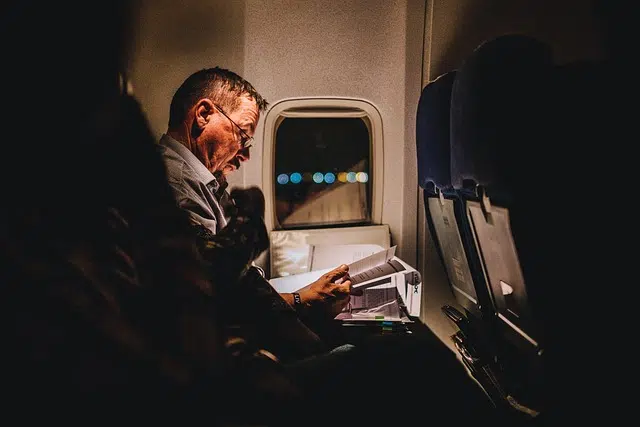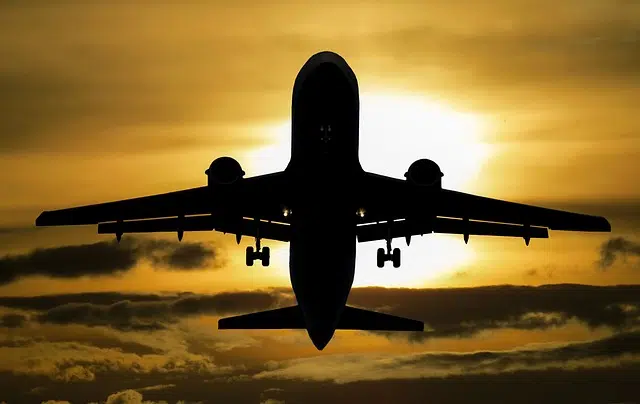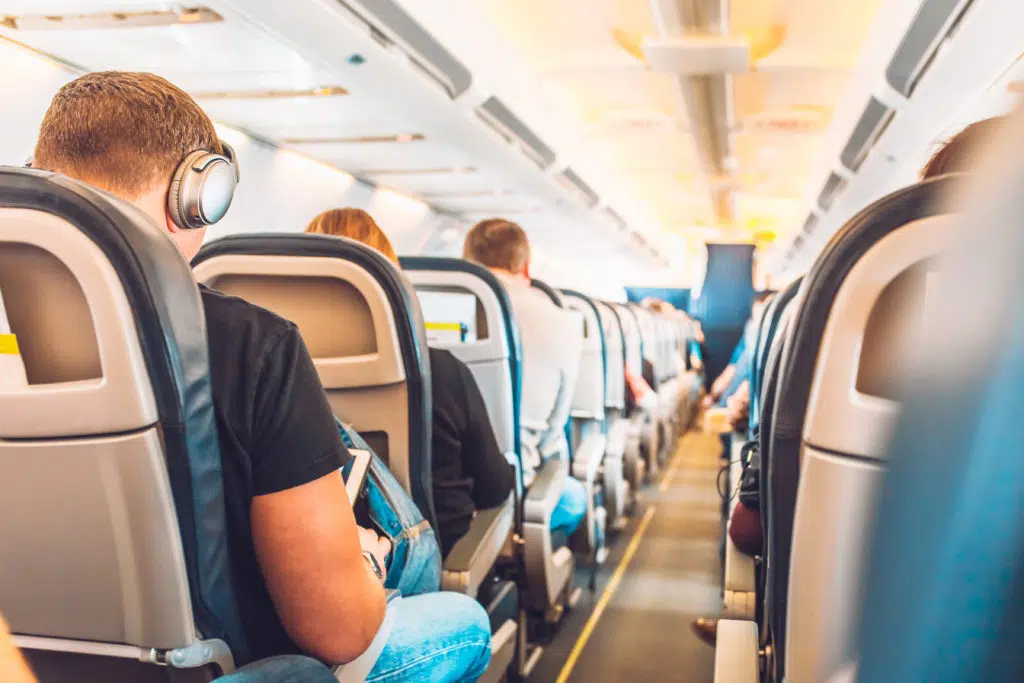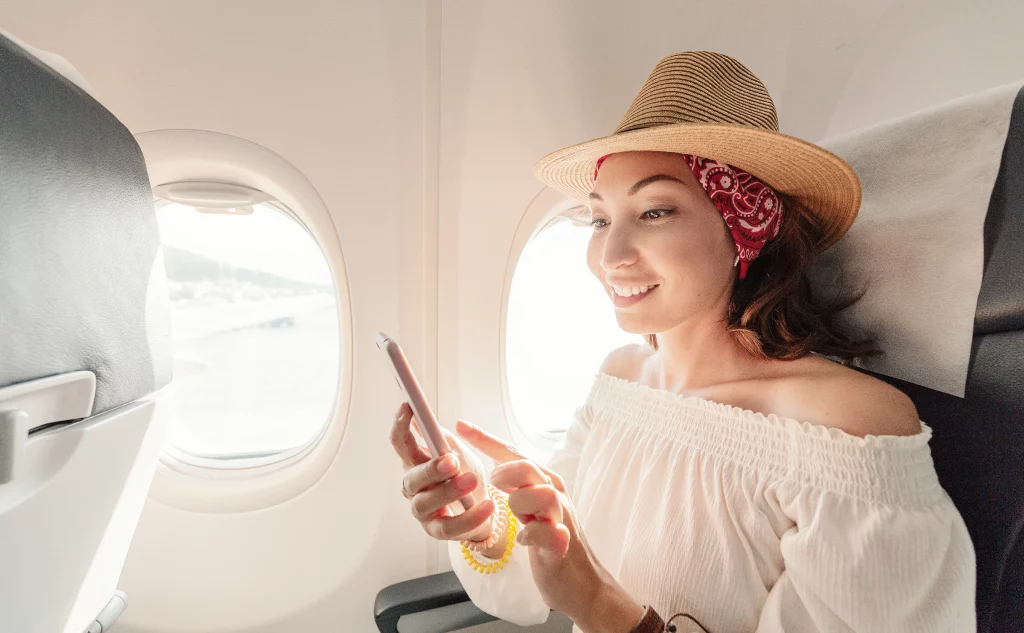In today’s hyper-connected world, the idea of going off the grid, even momentarily, can seem almost alien.
Yet, there are times when the airplane mode button on our smartphones becomes a temporary escape, a pause from the relentless pings and rings. But amidst this digital silence, have you ever wondered what happens when someone calls you on airplane mode?
Does your phone send out signals of being unreachable, or does it keep the caller in a loop of endless ringing? If the curiosity bug has bitten you too, you’re about to embark on a revealing exploration.
In the following read, we’ll dissect the journey of a call directed towards a phone cocooned in airplane mode, unraveling the mysteries of modern-day communication. So, buckle up and keep scrolling as we unveil the hidden dialogues between the networks and your silent phone.

What Happens When Someone Calls You in Airplane Mode?
If your cell phone is set to airplane mode, you won’t be able to make phone calls or send text messages.
When someone is trying to call you, and your phone is set to airplane mode, here is what will happen:
- The caller will hear your smartphone ringing and may think you can answer.
- You will not hear the phone ringing, but the caller may receive a message that you are unavailable.
- The caller can leave a voicemail that you will see when you turn off airplane mode.
- If the caller does not leave a voicemail, you will never know that the person was trying to reach you.
In other words, because your cell phone’s cellular data and Wi-Fi are inactive, there is no way for you to see that a call has tried to come through.
What Happens When Someone Texts You While in Airplane Mode?
The same situation goes for text messaging on either Android or iPhones. The text messages cannot be immediately delivered to the recipient.
In addition, the sender will not even receive a “Not Delivered” notification while your smartphone is in airplane mode.
But, since SMS or text messages are designed to be “stored and forwarded”, then any text messages sent to you are pending messages.
Once you turn off airplane mode and reconnect your phone to your cellular or Wi-Fi signals, the stored text messages will be forwarded to your phone.
At that time, the sender will see a “Delivered” status because your smartphone is back online.

What Are Other Cases Where You Won’t Receive Incoming Calls?
You will also not receive incoming calls when your cell phone is not in airplane mode but the SIM card is not receiving the signal correctly. This can occur when you are outside of your cell phone provider’s coverage area.
In this case, the person calling you will get a message such as “The person you are trying to call is out of coverage area.” in response.
The second situation that prevents you from receiving incoming phone calls is when your smartphone is turned off.
In this case, the person dialing your number may receive no message at all or a message similar to “The person you are trying to reach is switched off at the moment.” in response.
What Is Airplane Mode?
Airplane mode is sometimes referred to as in-flight mode in some mobile phone instructions. Simply put, airplane mode prevents your mobile phone from connecting to any signals that are traveling in the air.
This includes Bluetooth signals, cell tower transmissions (cellular data), and wireless or Wi-Fi connectivity.
Each of these is radio frequencies carried on certain bandwidths coming from your modem, a cell tower, or other broadband-enabled devices like your car radio.
Putting your cell phone in airplane or flight mode makes it easy to turn off all these external communications very quickly.
Instead of turning off each function separately (Wi-Fi, cellular data, and Bluetooth), airplane mode shuts them down all at once.
So, it is simply a convenience that replaces three steps with the push of one button.

Why Is Airplane Mode Necessary?
Your cell phone and other portable electronic devices are extremely powerful. They are designed with electronic components that allow these devices to emit both radio waves and electromagnetic interference or EMI.
Both of these invisible forces can mess with or disrupt communications between electronic components located in the cockpit’s instrument panel or the airplane’s control system.
For this reason, the Federal Aviation Administration (FAA) requires all passengers to turn off communications on personal electronic devices (PEDs).
This includes e-readers, smartphones, computers, handheld gaming consoles, and smartwatches. This rule is a law and is typically in effect until the airplane reaches an altitude of 10,000 feet.
Can you tell if someone’s phone is on airplane mode?
When attempting to reach someone whose phone is on airplane mode, distinguishing this mode from a switched-off state or an out-of-coverage scenario can be tricky.
Typically, if you call someone who has their phone on airplane mode, you might hear a ring on your end before getting directed to voicemail, or you might receive an immediate notification that the person is unavailable.
However, these responses are not exclusive to airplane mode and could occur in other situations like if the phone is switched off or out of service area. Hence, there isn’t a definitive way to tell if the recipient’s phone is on airplane mode solely based on the call experience.
Can you still receive calls in airplane mode?
In airplane mode, all wireless communications are disabled, which includes cellular, Wi-Fi, and Bluetooth connections.
Therefore, you cannot receive calls in airplane mode. However, you can still use other features on your phone that don’t require a network connection.
Some people might choose to enable Wi-Fi or Bluetooth individually after activating airplane mode, but this still won’t allow for cellular calls to come through.
Does your phone go straight to voicemail on airplane mode?
Yes, activating airplane mode directs incoming calls straight to voicemail. This allows callers to leave a message even though you won’t be notified of the incoming call until you disable airplane mode and re-establish a network connection.
Once you’re reconnected, you’ll receive a notification for any voicemails left while your phone was unreachable. This feature ensures that you don’t miss out on important messages, even when you choose to go off the grid temporarily.
What Can You Not Do in Airplane Mode?
Since all wireless transmissions and cellular networks are disabled during airplane mode, there are certain things you can do and some things you can not do.
A note is required here: In previous years, airplane mode also disabled Bluetooth and Wi-Fi functions. Older cell phone technology may still behave in this manner.
But today, cell phones now allow access to Wi-Fi connections and the ability to listen to audio via your Bluetooth-enabled devices while in airplane mode.
Here are the things you cannot do while in airplane mode:
- Send or receive text messages
- Cannot make or receive telephone calls
- Cannot browse the internet via your cellular data
While on an airplane, the FAA allows you to still connect to the plane’s Wi-Fi hotspot to browse the internet or use your Bluetooth earbuds.
To do so, turn on airplane mode, then also back on Wi-Fi and Bluetooth.
What Are Other Benefits of the Airplane Mode? (3 Things)
So, whether in the air or on the ground, there are other times when airplane mode is a useful feature.
#1 Get More Work Done
We all have to suffer the temptation of answering a mobile phone call while getting some work done.
The solution: Put your cell phone in airplane mode and work distraction-free.
Also, emailing capabilities are disabled for another level of total focus and concentration.
So, the best way to prevent feeling guilty when you don’t want to take phone calls, emails, or text messages is to put your phone in airplane mode!

#2 Keep Small Children Safe
Often, we pass our cell phones to a child to keep their hands busy.
Before doing so, switch on airplane mode to prevent an accidental call to your boss or an unwitting Amazon purchase.
They can still play games but are limited in their access to any financial transactions that require an internet connection.
#3 Get More Battery Life
There is a lot of background activity when cellular, wireless, and Bluetooth functions are enabled.
This hidden activity can slow down some phones and eat up your battery power, especially a government cell phone.
As an added benefit to airplane mode, your smartphone battery will charge a lot quicker.
What Can You Do When Flying in Airplane Mode?
Don’t think you’re alone when you feel disconnected and cut off from the world while flying and in airplane mode.
Having instant access to friends, family, entertainment, and information is simply a part of our modern culture.
And, it would be less than truthful if we didn’t acknowledge that some people have an awful time coping when they’re not connected to the internet, Wi-Fi, or cellular data.
So, here are some tips on things you can do to keep your mind off the absence of your cell phone or other smart devices while traveling in an airplane:
- Listen to your downloaded playlists
- Take scenic photos of aerial landscapes
- Read a book that is accessible offline
- Use your NOTES app to make a to-do list
- Play a game of Solitaire or another downloaded game
- Watch a downloaded movie
This brings to mind a final suggestion for all those times when your internet service provider (ISP) is having issues, and your home or office broadband, cable, or wireless service may be down due to extreme weather or a system failure.
Always keep a downloaded music playlist, a few downloaded books or articles, and some gaming or brain-teaser apps that don’t need an internet connection.


